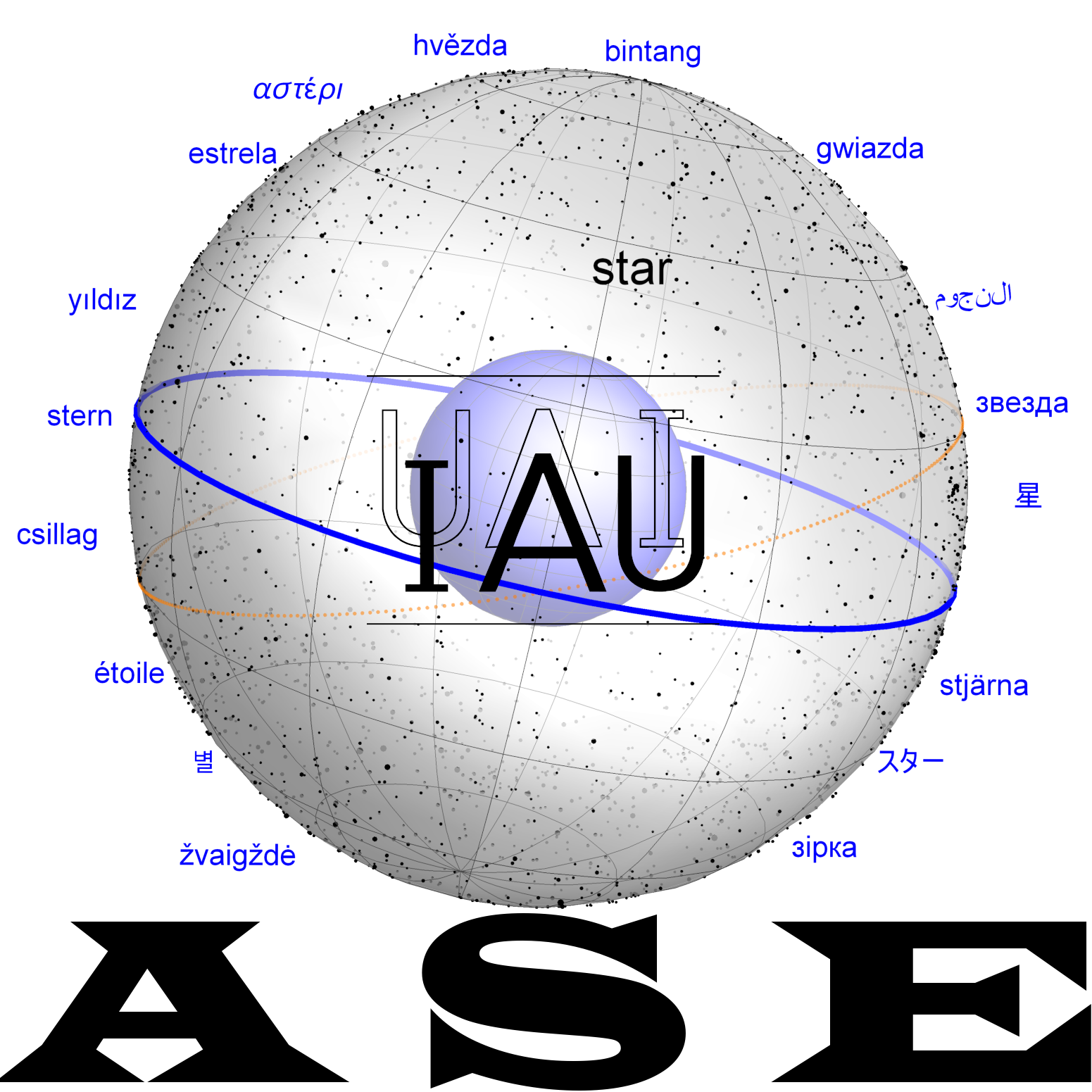Template:Moon: Difference between revisions
From All Skies Encyclopaedia
(Created page with "The Moon is the natural satellite of the Earth. In ancient times, it was frequently described with the term "planet" because this term derives from the Greek word for "wanderer"; the Moon moving roughly 12° per day from west to east is the fastest of these "wanderers" in front of the projected constellations. == Images of the Moon == <gallery> Moon all Astronomy in Culture cBook.jpg|One lunation observed in central Europe (Austria/ Germany). Credits: Susanne M Hoffma...") |
No edit summary |
||
| Line 10: | Line 10: | ||
Moon and Venus dawn.jpeg| Moon and Venus in morning twilight above Austrian mountains (CC BY Susanne M Hoffmann 2016). |
Moon and Venus dawn.jpeg| Moon and Venus in morning twilight above Austrian mountains (CC BY Susanne M Hoffmann 2016). |
||
Stellarium plej+moon-300-06-04.jpg|Simulation of the Moon in front of the Pleiades star cluster (Stellarium) to show the sizes: the moon does not cover all stars at once. |
Stellarium plej+moon-300-06-04.jpg|Simulation of the Moon in front of the Pleiades star cluster (Stellarium) to show the sizes: the moon does not cover all stars at once. |
||
Moon on earth20250102 165517.jpg|Reflection of the Moon in a puddle of water (SMH 2025): this is the waxing moon as if seen from the southern hemisphere but observed in the northern hemisphere. |
|||
</gallery> |
</gallery> |
||
Revision as of 21:57, 21 February 2025
The Moon is the natural satellite of the Earth. In ancient times, it was frequently described with the term "planet" because this term derives from the Greek word for "wanderer"; the Moon moving roughly 12° per day from west to east is the fastest of these "wanderers" in front of the projected constellations.












